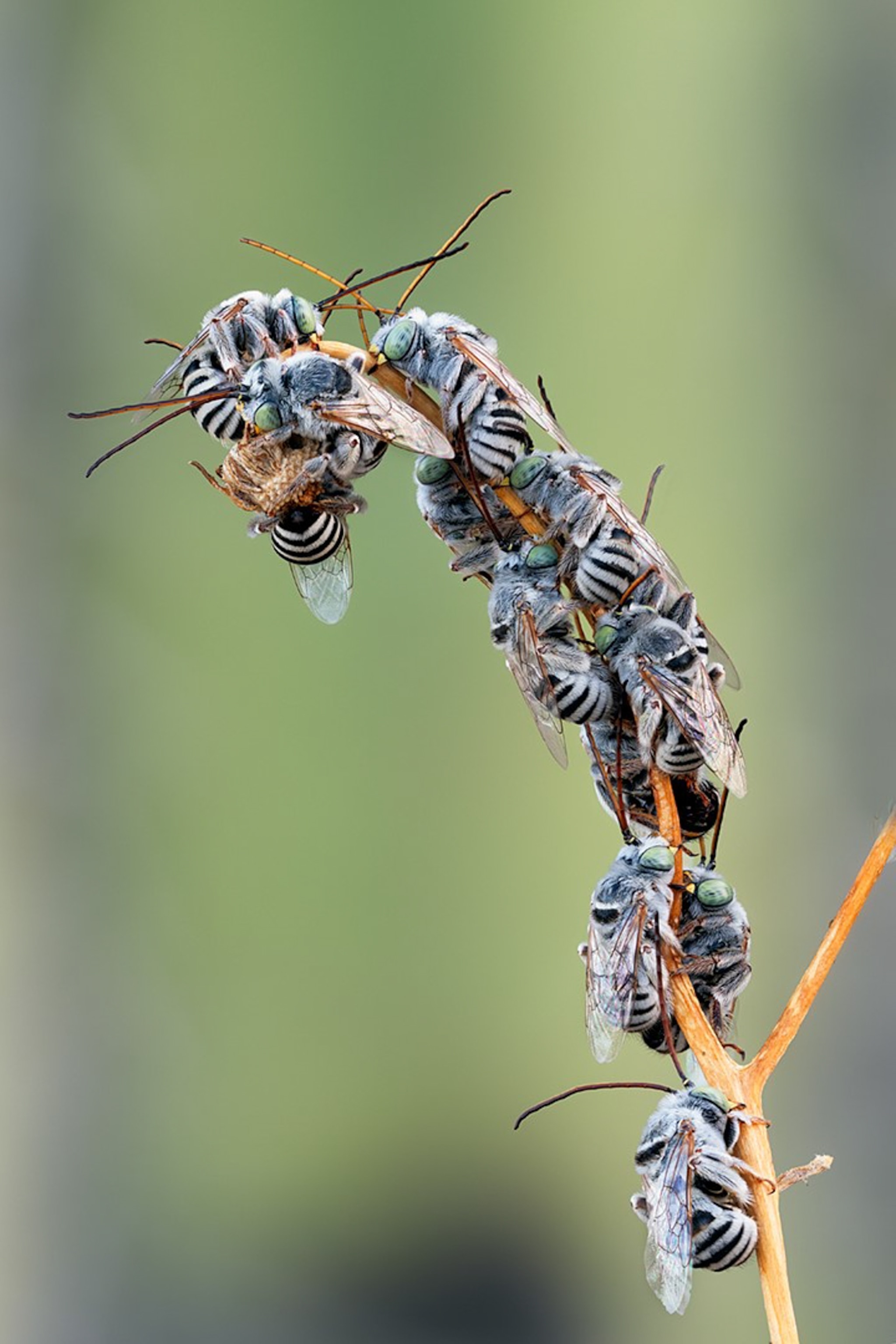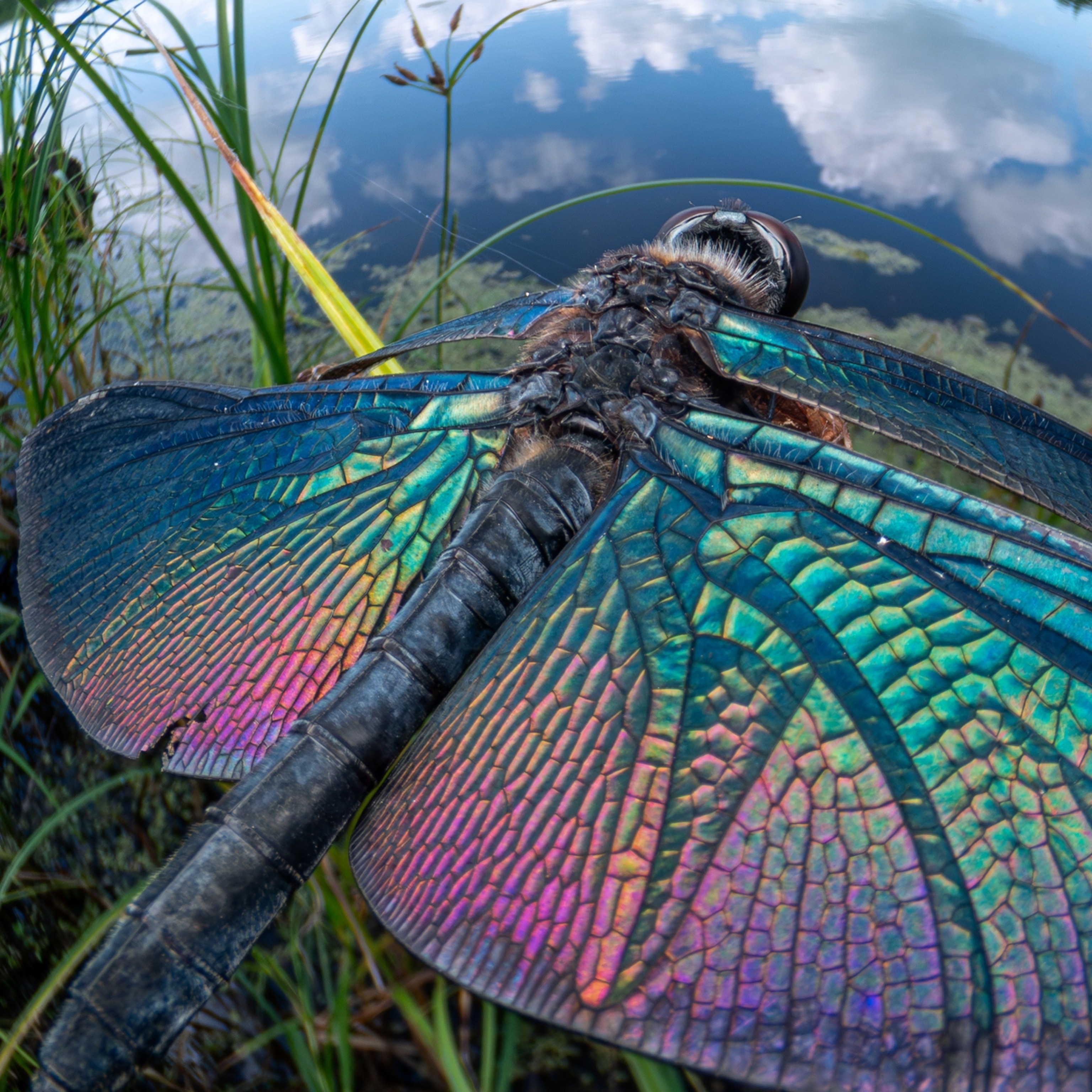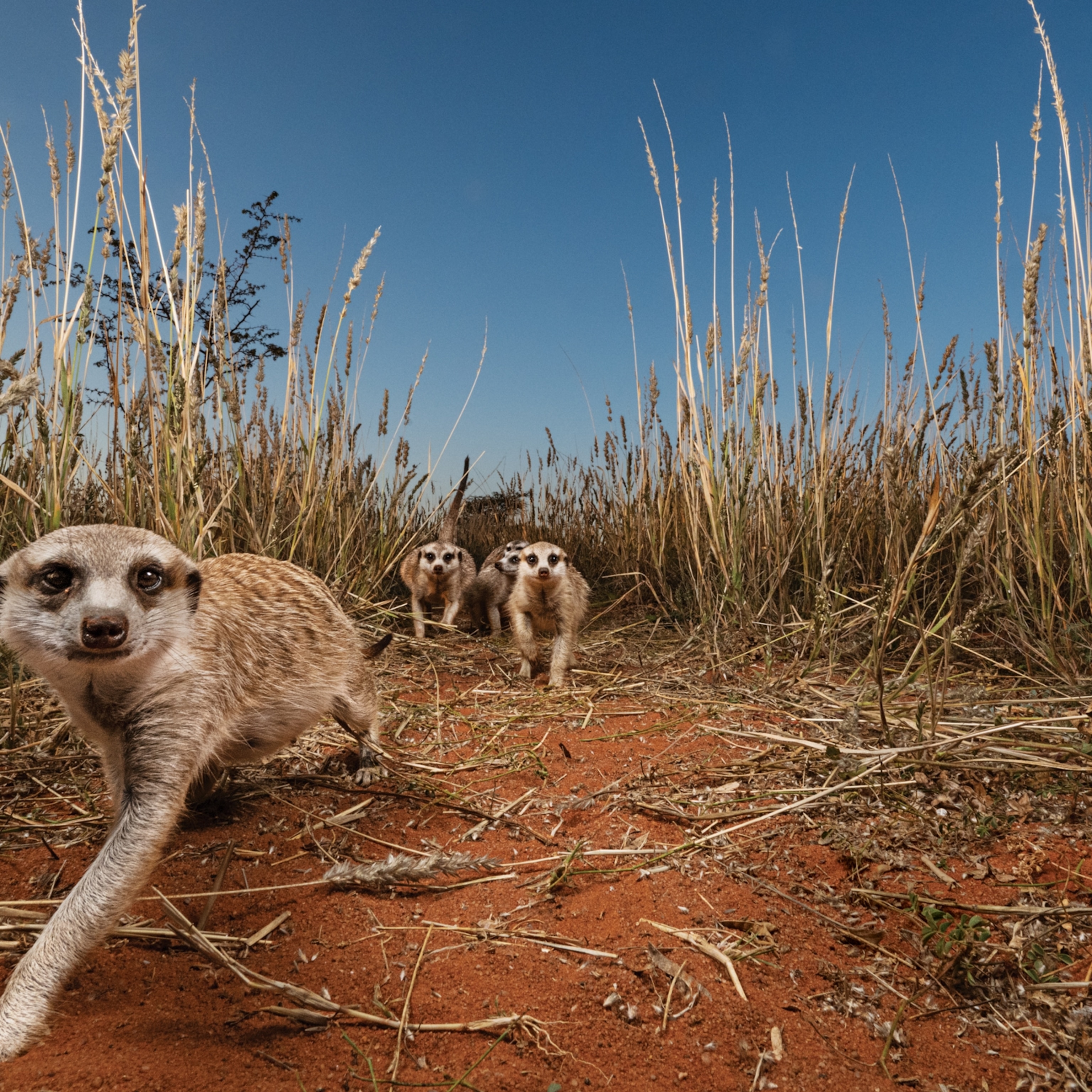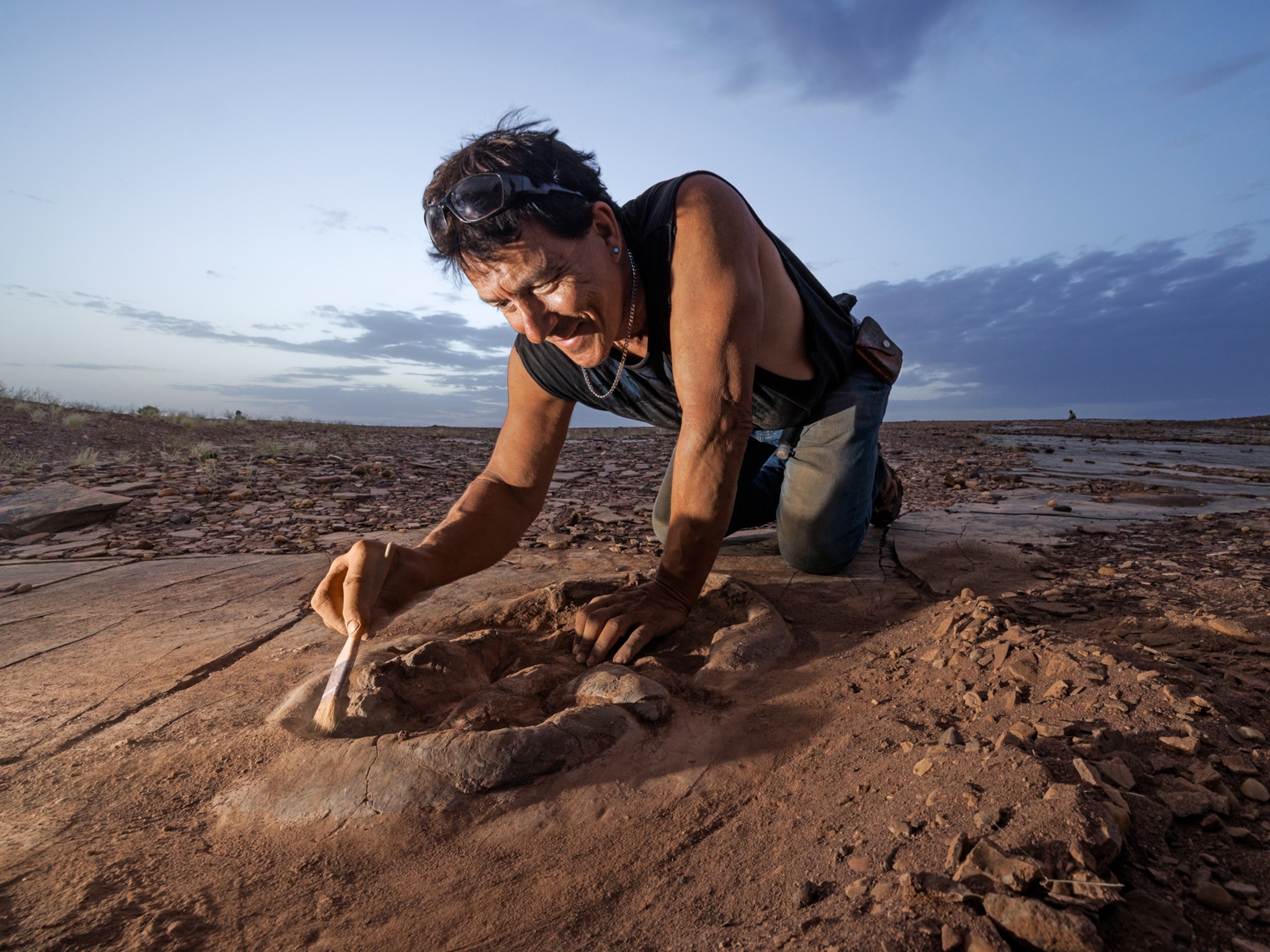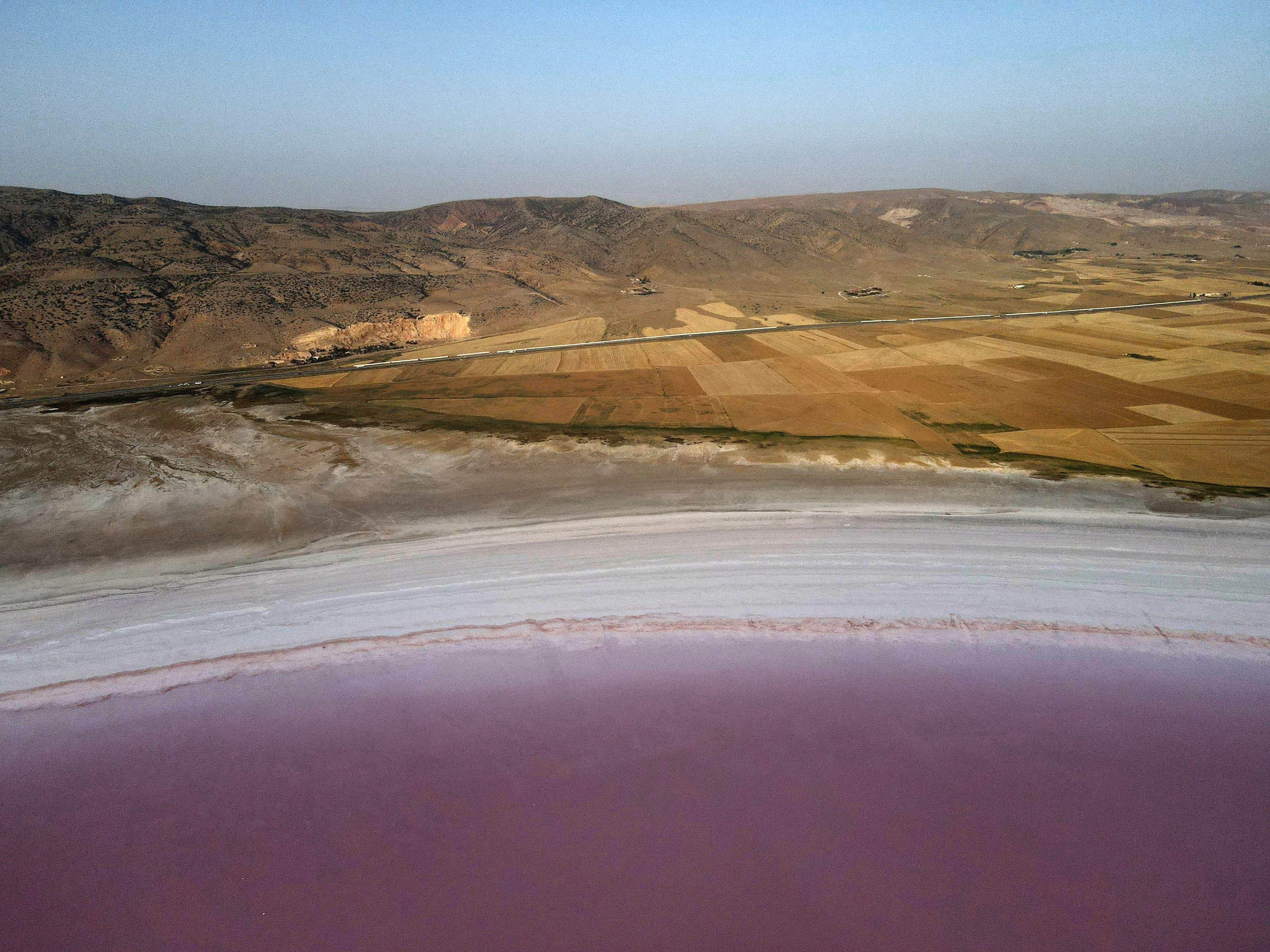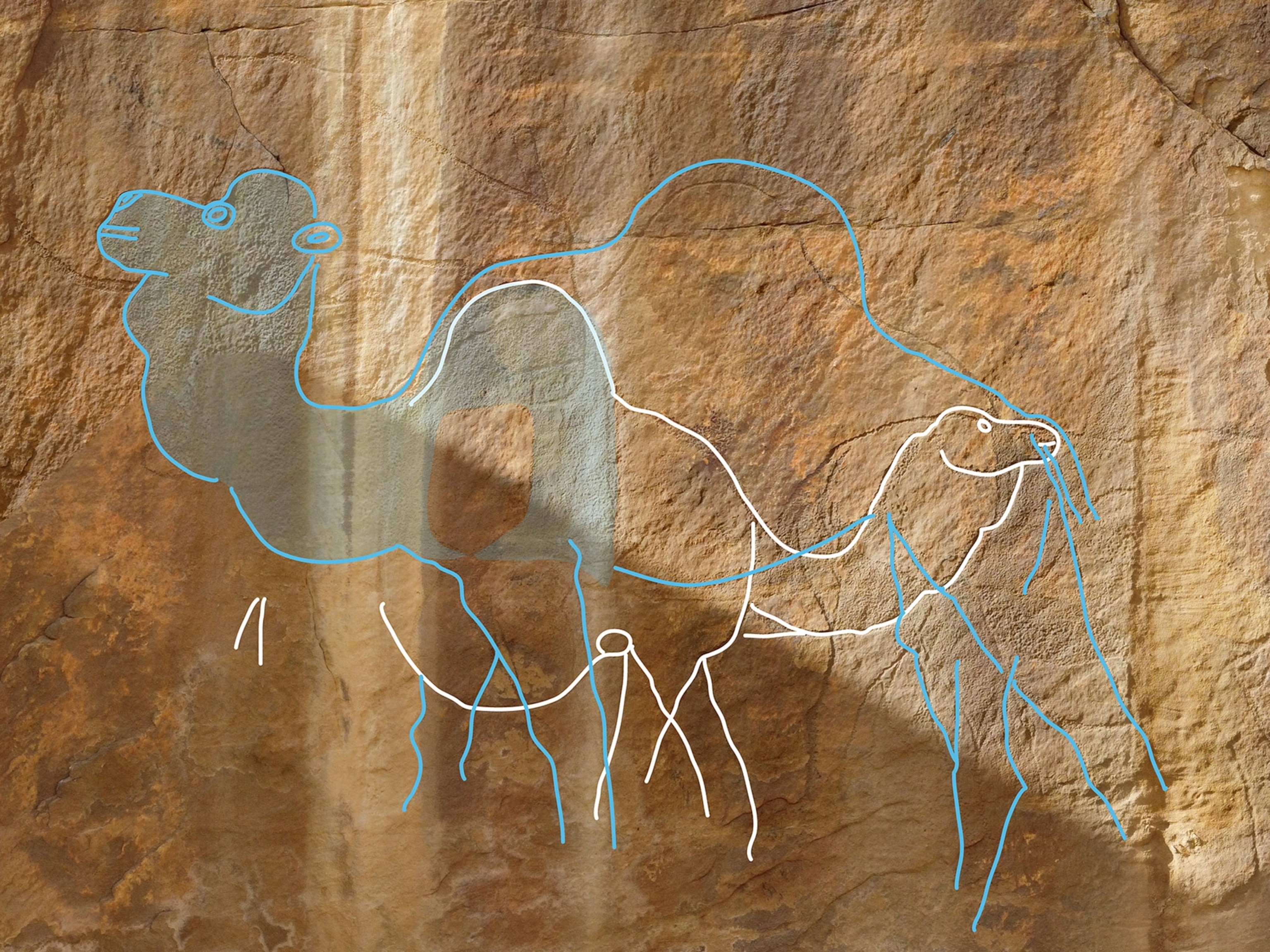In the midst of the Chihuahuan Desert, straddling the border of southeastern Arizona and Sonora, Mexico, the San Bernardino Valley is an oasis of life. Following rains, especially the monsoon downpours of late summer, the area explodes with an abundance of flowers—and a bevy of bees. In fact, research by entomologist Bob Minckley shows that this area has the highest concentration of bee species in the world.
In a recent paper published in the Journal of Hymenoptera Research, Minckley and San Bernardino National Wildlife Refuge manager Bill Radke found that 497 species of bees live within just over six square miles of the valley, a modest area for such a study, 10 times smaller than Washington D.C.
Though the scientists knew the area was rich with species, they were still surprised. “The density of bees there is astronomical—far and away higher than anywhere else in the world that’s been carefully studied,” says Minckley, a professor at the University of Rochester.
To put that in context, these 497 species represent 14 percent of all the nearly 4,000 bee species found in the United States—and that’s more than are found in all of New York state (and most other states), he adds.
There are other bee hotspots: Grand Staircase-Escalante National Monument, in Utah, is home to 660 species—but these bees were found across 2,970 square miles, an area 480 times larger than that covered by researchers in San Bernardino.
Minckley hopes his work will help people appreciate the importance of the San Bernardino region—and the vast diversity of bee species on Earth, which number about 20,000.
“They are pollinating the most important group of organisms on the planet—flowering plants—and by pollinating them, that makes ecosystems function, and they are important for people as well,” he says. (Learn more: We haven’t seen a quarter of known bee species since the 1990s.)
Bee bonanza
This valley is fed by fossil water, which over thousands of years seeps south from the Chiricahua Mountains to feed gushing artesian wells, filling ponds and creeks lined with cottonwood trees and hundreds of varieties of flowering plants. Large creatures such as mountain lions, bobcats, javelina, and other mammals roam the land—and birders often visit to see some of the rare species that fly through. The Arizona side is made up of San Bernardino National Wildlife Refuge, and in Sonora, much of the valley is owned by Cuenca Los Ojos, a binational conservation organization.
Minckley and Radke collected bees at 45 sites throughout the valley on both sides of the border, beginning in 2001 and continuing until 2009, during which time they collected about 80,000 specimens. The researchers snagged bees in nets, but also set up water bowls painted different colors to mimic flowers, where bees landed and got caught.
More than 90 percent of the bees the researchers found were solitary species that have no hive or nestmates. These bees emerge in the spring or fall, and often live aboveground for only a couple weeks. After mating, the female digs a burrow in the ground and fills a chamber with balls of pollen and nectar. These provide nourishment for her eggs, which develop into larvae that can emerge the next year, or even years later in drought conditions.
These bees come in a dazzling array of colors and sizes. Residents include the nation’s tiniest bee, Perdita minima, orange and sleek, measuring three millimeters long—about the size of the word “trust” (from “In God We Trust”) on a U.S. quarter. Then there are much larger ones, such as carpenter bees (Xylocopa californica), which are more than an inch long, black, and fuzzy.
Many of the bees visit only one plant, or one group of related plants. For example, the chimney bee (Diadasia rinconis), a winsome species covered in long pale yellow fuzz, only feeds upon and pollinates prickly pear cacti. European honeybees, descendants of feral bees that escaped from commercial hives, were also found in small numbers.
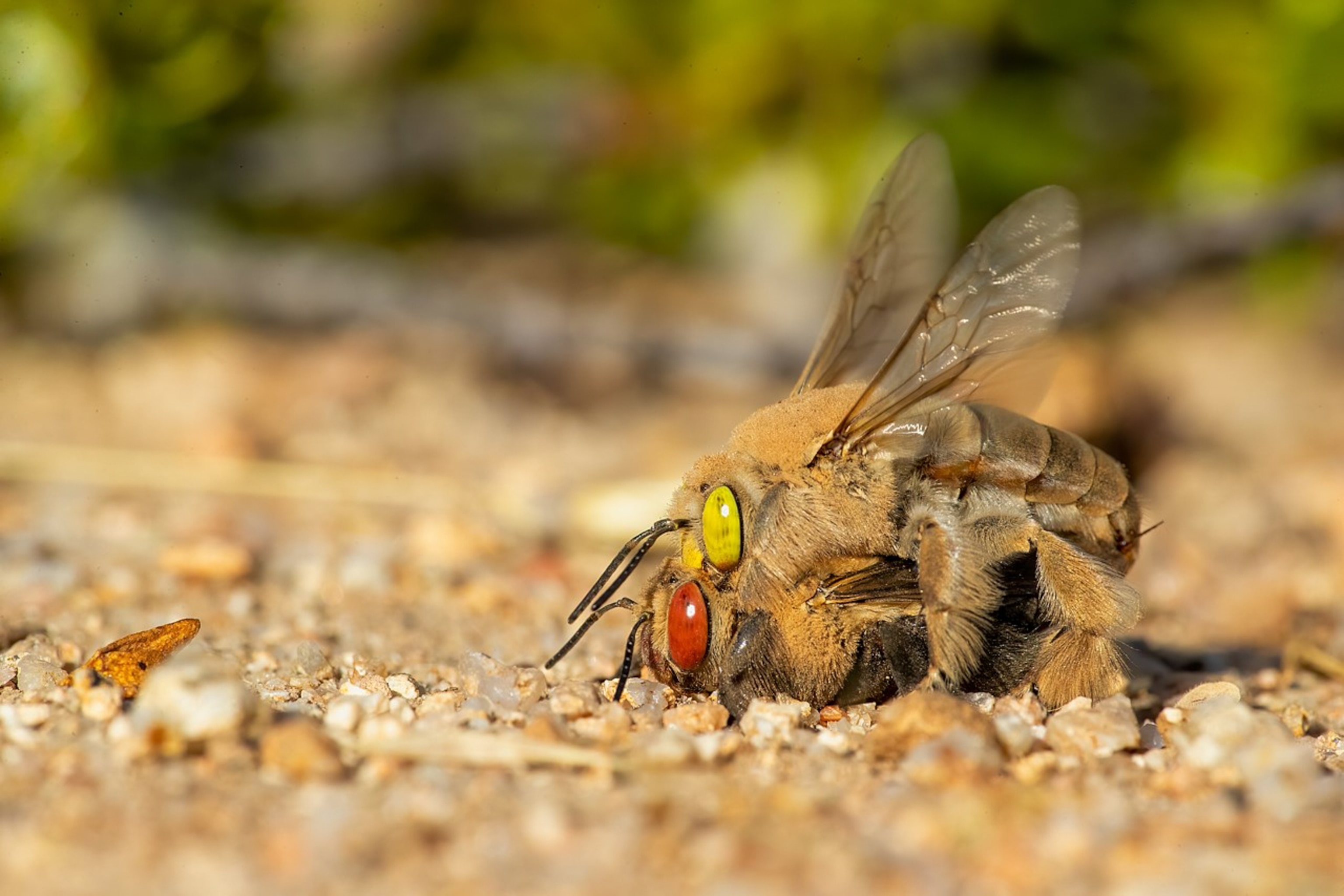
Some of the bees are likely quite rare; for nearly a third of the species, Minckley and colleagues only found one specimen. One particular bee, with a metallic reddish abdomen known as Macrotera parkeri, has only been found in a few other locations, as disparate as Mexico City and Austin, Texas, and may need to be listed as threatened or endangered, Minckley says. (Learn more: These photos show the beauty of native bees.)
Laurence Packer, an entomologist at York University, in Toronto, who wasn’t involved in the paper, says that this research helps reveal where the greatest species richness of bees occurs, which is important for understanding patterns of bee diversity and what drives it.
It also “shows why it is necessary to have extensive sampling over more than a couple of years,” he says. Such long-term studies, which are relatively rare, are necessary to acquire a good understanding of an area’s diversity, especially in arid places where rainfall varies.
Whence such diversity?
One reason for this cornucopia of bee diversity is that this valley lies at a place where vast, storied biomes collide.
Here, as elsewhere in southeastern Arizona, the Chihuahan and Sonoran Deserts merge and mingle together, as do the subtropical thornscrub from the south, temperate mountain biomes from the north, and swathes of high altitude grasslands. This region, which is also known for its mountain-top biomes called Sky Islands, has the highest levels of biodiversity anywhere in the inland United States, says Myles Traphagen, a conservation scientist with Wildlands Network, a nonpartisan environmental group, who’s worked in the wildlife refuge for many years.
Though the area has a high diversity of plants, it also seems to help that it's dry, with a biseasonal flush of different flowers peaking in the spring and the late summer, after the summer’s monsoon rains, when about half the year’s rain falls in a period of two months, Minckley explains. But not that much rain—only about 14 inches per year on average.
Perhaps counterintuitively, bee diversity is low in the tropics, where plant diversity is the highest. Dry but ecologically diverse areas such as the San Bernardino Valley seem to have the right mixture of variables to ensure high bee diversity. One reason why bees may not be more diverse in the tropics is because the soil is wet, and these conditions favor growth of fungus and other pathogens of ground-nesting bees, Minckley says. Here, social bees that live in large colonies may also have an advantage.
The border wall debacle
This hot spot of bee diversity faces several threats. In 2020, the Trump Administration built 30-foot-high steel fencing along the entire border of San Bernardino National Wildlife Refuge, part of the 200-plus miles of border wall put up in Arizona alone. (Learn more: Sacred Arizona spring drying up as border wall construction continues.)
The wall’s construction caused an immediate and sustained reduction in the movement of animals, according to preliminary data from a series of camera traps, Traphagen says. But the most ecologically damaging aspect may be the massive quantities of water withdrawn from the refuge’s aquifer to make concrete for the base of the wall. After groundwater pumping began, several ponds went dry, leading to a state of emergency at the refuge in which staff had to relocate endangered fish, and install artificial pumps to keep ponds full. These small water bodies are home to eight species of rare desert fish, four of them endangered and found nowhere else in the United States.
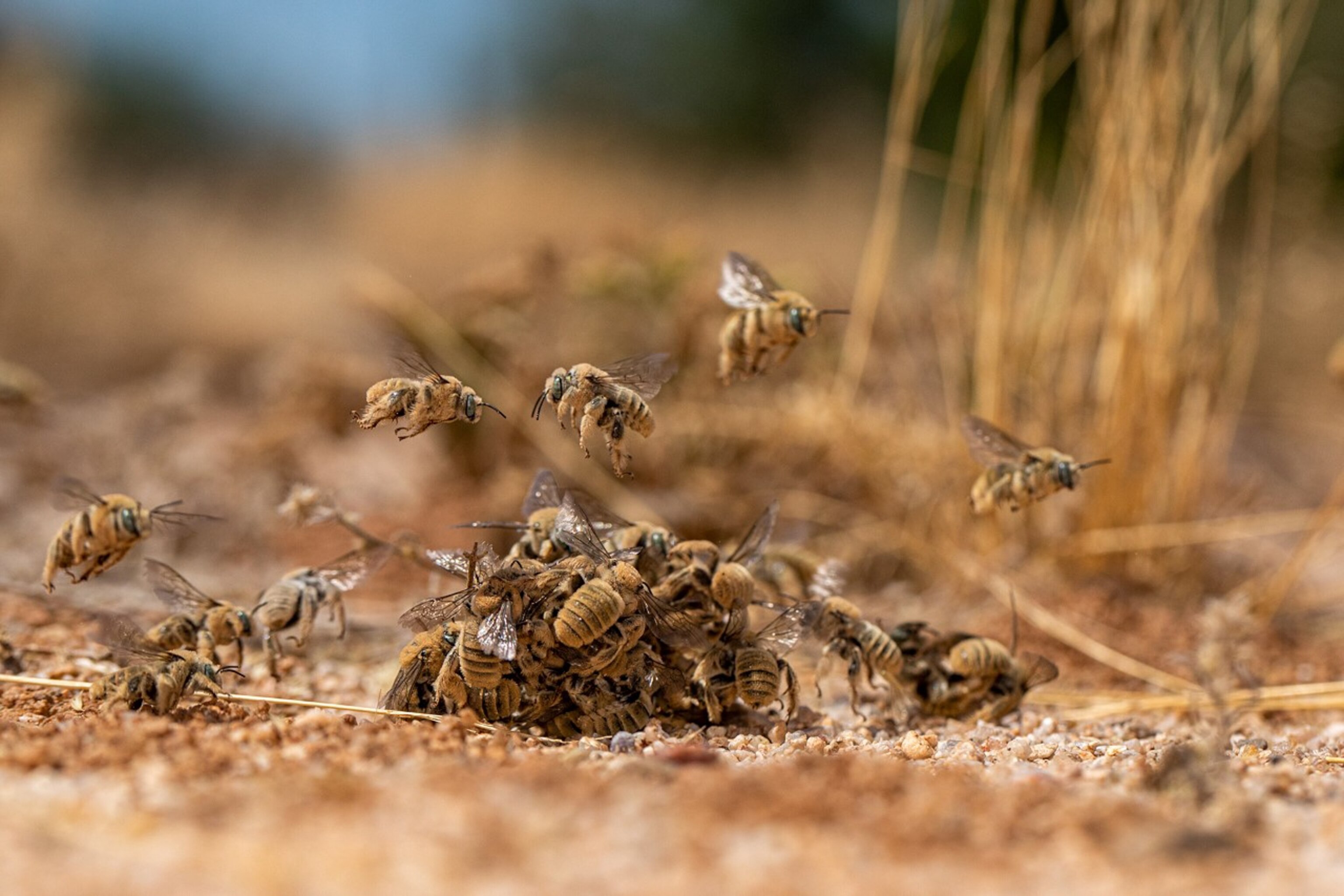
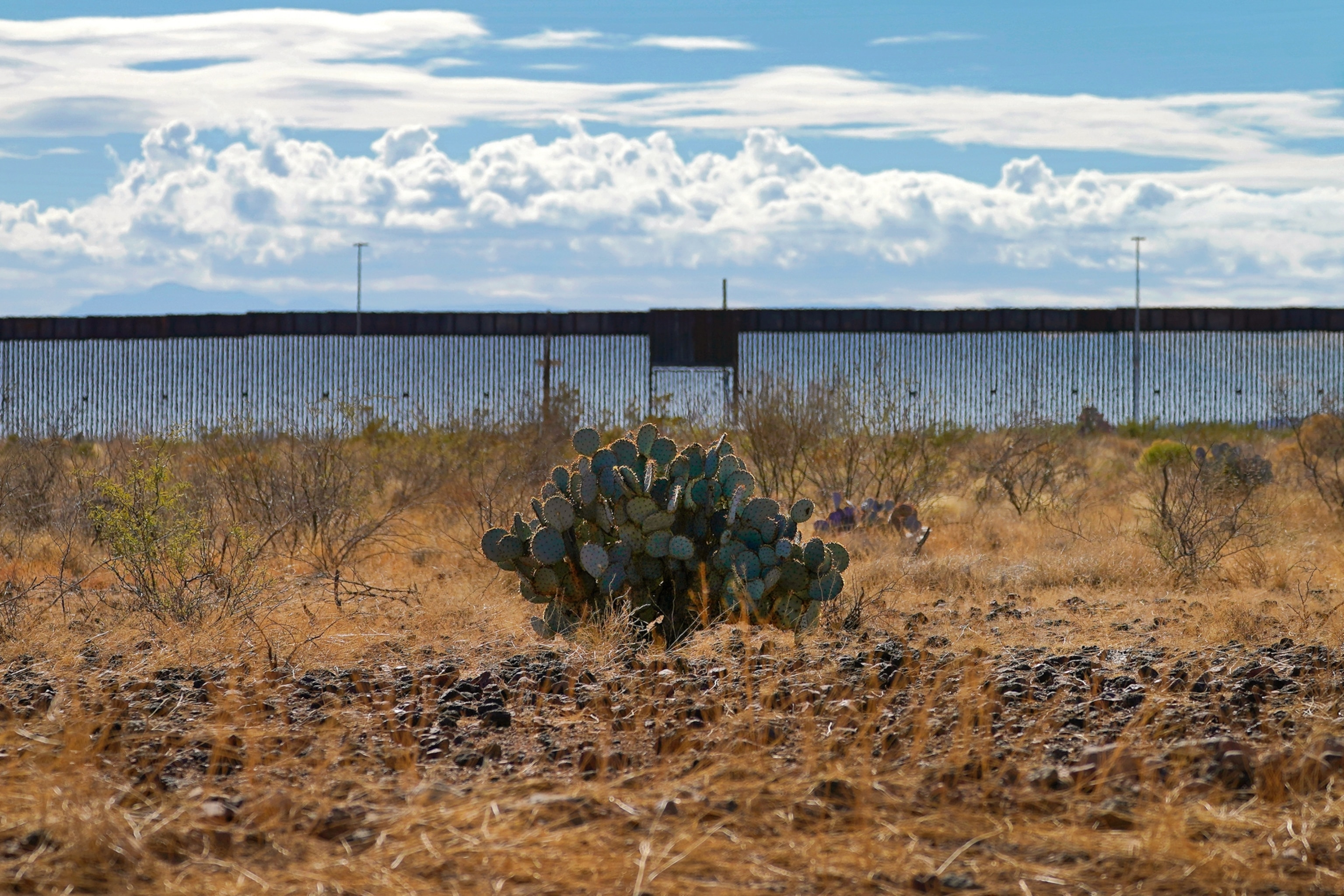
It’s unknown how this will affect animals, such as bees—but if the lowered levels of water affect plants, then it could potentially hurt the bees as well. “For the bees, the drying up of springs will have an impact especially on those species that rely on spring-fed habitats for their preferred floral hosts,” Packer says.
Barriers like walls can also have surprising effects, including repelling low-flying insects such as butterflies, Traphagen says.
But now that border wall construction has stopped, so have groundwater withdrawals in this area, giving biologists hope the aquifer will recover—and continue supporting the region's beautiful assortment of animals, including bees.
